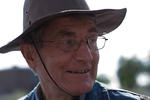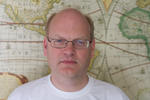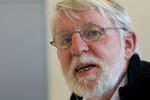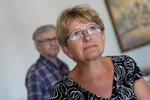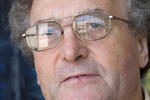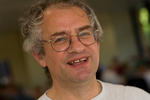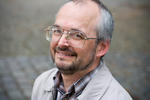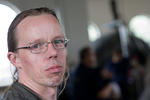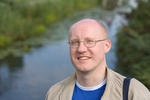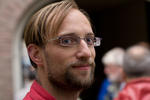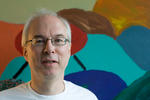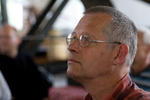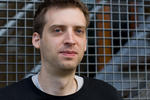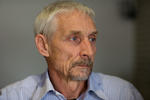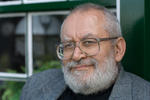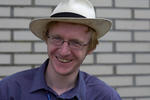44e NTG bijeenkomst / EuroTeX 2009
(najaar 2009) (photos) (location) (excursion)
Program
Sunday, August 30
| from 18.00 | Arrivals and registration |
| 19.00-22.00 | Welcome reception
Besides drinks, various kinds of food will also be offered.
|
Monday, August 31
Tuesday, September 1
Wednesday, September 2
| 07.30-08.30 | Breakfast |
| 09.00-23.30 | excursion day
The excursion day has its own page: Excursion day |
Thursday, September 3
Friday, September 4
Participant list
1. Alain Delmotte, Le Liseron éditions, Belgium
2. Arthur Reutenauer, GUTenberg, France
3. Bernd Militzer, Germany
4. Bernd Raichle, DANTE e.V., Germany
5. Bogusław Jackowski, GUST, Poland
6. Eszter Urbán, Hungary
7. Eva Van Deventer, University of South Africa, South Africa
8. Frans Absil, Netherlands Defence Academy, The Netherlands
9. Frans Goddijn, Stichting Johan Polak, The Netherlands
10. Gisela Mannigel, Germany
11. Gyöngyi Bujdosó, University of Debrecen, Hungary
12. Hans Hagen, PRAGMA ADE , The Netherlands
13. Harald König, Germany
14. Hartmut Henkel, von Hoerner & Sulger GmbH, Germany
15. Jan de Vries, Netherlands Defence Academy, The Netherlands
16. Jean-Michel Hufflen, University of Franche-Comté - LIFC, France
17. Jelle Huisman, SIL International, United Kingdom
18. Jerzy Ludwichowski, GUST, Poland
19. Johannes Küster, typoma GmbH, Germany
20. John Plaice, The University of New South Wales, Australia
21. John Trapp, Open University, United Kingdom
22. Jonathan Fine, Open University, United Kingdom
23. Jonathan Kew, United Kingdom
24. K. M. Jeary, University of Cambridge, United Kingdom
25. Karel Píška, Academy of Sciences, Czech Republic
26. Kees van der Laan, NTG, The Netherlands
27. Kevin Warnock, gOffice.com, USA
28. Klaus Höppner, DANTE e.V., Germany
29. Lucien Lemmens, Universiteit Antwerpen, Belgium
30. Luigi Scarso, logosrl, Italy
31. Manfred Lotz, Germany
32. Mari Voipio, K-Patents Oy, Finland
33. Martin Schröder, QuinScape GmbH, Germany
34. Martin Sievers, Einfach schöner publizieren, Germany
35. Michael Guravage, Literate Solutions, The Netherlands
36. Michel Goossens, CERN, Switzerland
37. Niall Mansfield, UIT, United Kingdom
38. Nino Bašić, FMF, University of Ljubljana, Slovenia
39. Patrick Gundlach, Germany
40. Péter Szabó, Google, Switzerland
41. Philip Taylor, United Kingdom
42. Reinhard Kotucha, Germany
43. Rukhsar Khan, Airnet Technologie- und Bildungszentrum GmbH, Germany
44. Siep Kroonenberg, Rijksuniversiteit Groningen, The Netherlands
45. Stanislav Jan Sarman, Rechenzentrum der TU Clausthal, Germany
46. Steffen Wolfrum, Germany
47. Steve Grathwohl, USA
48. Taco Hoekwater, Bittext, The Netherlands
49. Ulrik Vieth, Germany
50. Vyatcheslav Yatskivsky, National Aviation University of Ukraine, Ukraine
51. Willi Egger, BOEDE, The Netherlands
52. Wolfgang Murth, WMS Modell&Technik, Austria
53. Wybo Dekker, The Netherlands
54. Zofia Walczak, University of Lodz, Poland, Poland
Timeline
| Preprint deadline | 15 August 2009 |
| Final papers due | 1 October 2009 |
| Proceedings published | 31 December 2009 |

